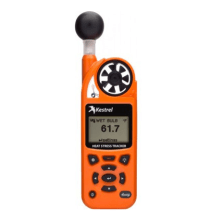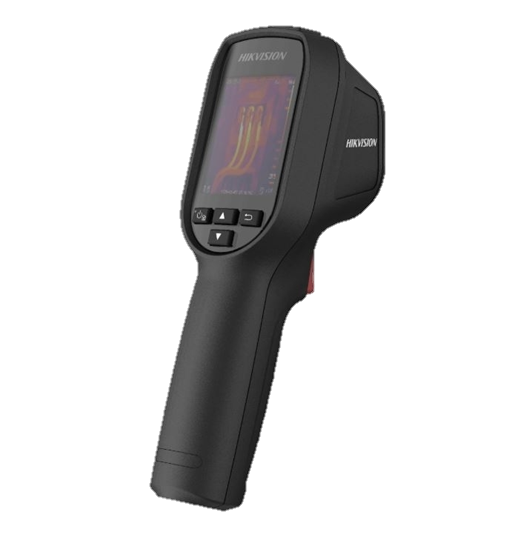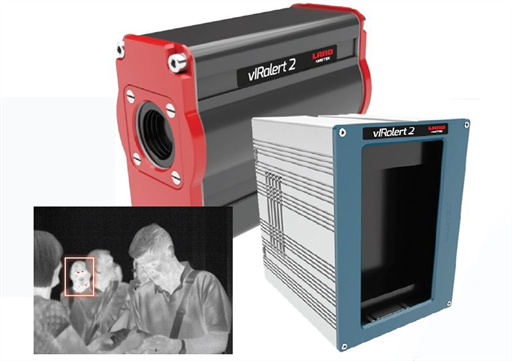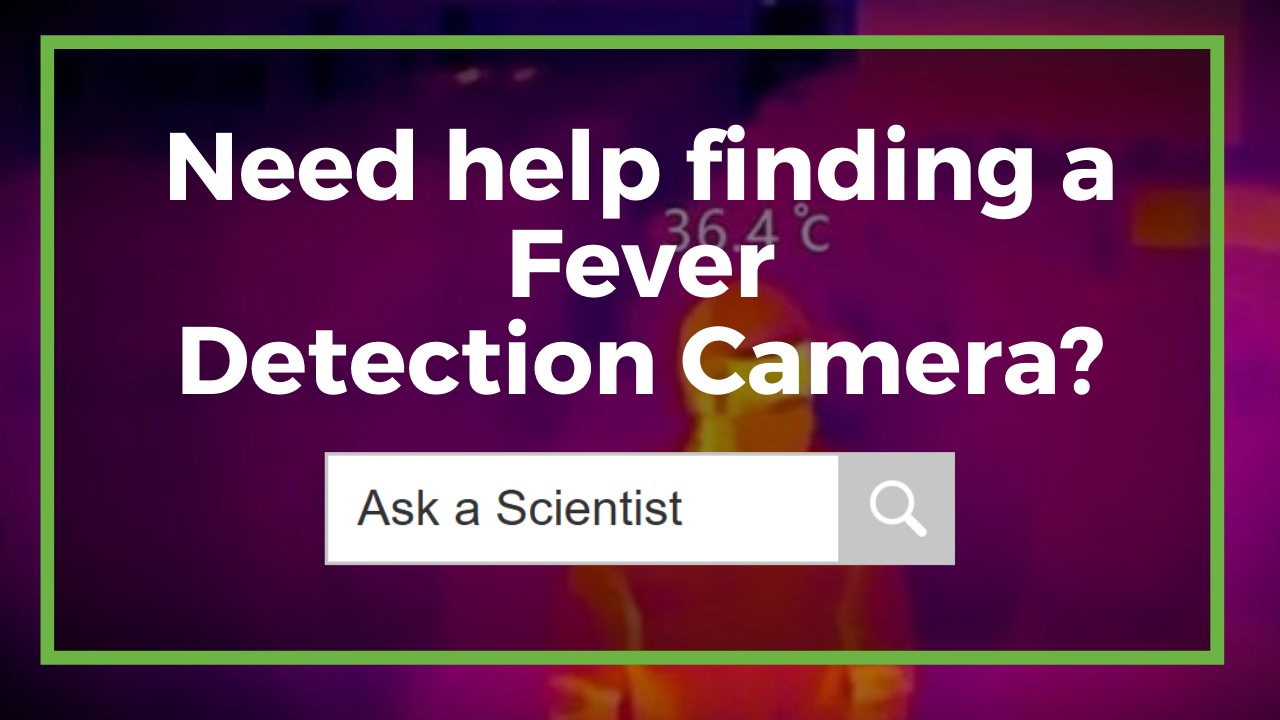Fever Detection Cameras: How They Work
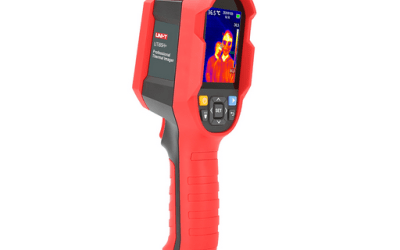
Given current world events, it's likely that you will see fever detection devices used as a preliminary screening device in office buildings, factories, airports, and other public places. Fever detection cameras provide a convenient 'frontline' health monitoring solution. In light of this, we have written an article to explain how fever detection cameras work. We also highlight some critical specifications, list different types of calibration to help ensure accurate readings, and point out some of the limitations of these instruments.
About Fever Detection Cameras
Thermal cameras are specialised sensors that measure the heat radiated off an object. This radiation is captured and then displayed by the camera using either a coloured scale or a greyscale. Each Fever Detection Camera's scale displays along with a key you so can interpret the camera's readings.
How They Work
The electronics and processes that support these instruments vary between makes and models. However, we can summarise their inner workings in the following three steps:
- When from the camera's recommended distance, you point the camera's lens at the person or object you wish to measure, the lens will capture and focus all the infrared radiation emitted within the camera's field of view.
- The lens directs this light onto a detector chip, often known as a sensor array. This chip contains many thousands of pixels arranged in a grid formation.
- Each pixel within the sensor array reacts to the infrared light it receives to produce an electronic signal. The signal from each pixel then gets sent to a processor. The processor converts the intensity and pattern of the signals from the sensor array into a scaled map, known as a thermogram – and this is the thermal image you see!
These steps might sound complicated and time-consuming, but the process is almost instantaneous, giving you a quick and accurate representation of a temperature map.
Important Specifications
Two critical specifications that need consideration when purchasing or using a thermal imaging camera are resolution and accuracy.
1. Resolution – This refers to the clarity of the image produced by your camera. It's directly related to the number of pixels found on the camera's sensor array. The more pixels, the higher the resolution. There are three standards for thermal camera resolution:
- <160 x 120 (19,600 Pixels – Low resolution). A majority of fever detection cameras fall into this range.
- 320 x 240 (76,800 pixels – Medium resolution)
- 640 x 480 (307x200 pixels, High resolution)
2. Accuracy – The temperature difference between a person being 'well' and 'unwell' is only a couple of degrees. Therefore it is essential to select a specifically-designed fever detection camera (not general use thermal imager), as well as to select the highest possible accuracy for your needs and budget.
Calibration
The two main methods that enable a thermal camera to determine reliable surface readings are calibration against a "black body" or through self-calibration.
Black body calibration: A black body is an opaque, non-deflective object that absorbs all radiation falling onto it, at all wavelengths. A thermal camera that employs a black body for calibration will measure the difference between the person and the temperature of the black body.
Self-calibration: Some scanners can self calibrate. Depending on the type of camera, there will be guidelines and limitations imposed with self-calibration—for example, distance from the object, time to calibrate, etc.
Limitations
There are limitations to the deployment of thermal cameras for fever detection. You need to consider more than just the camera alone, and they can't be considered diagnostic tools. Variables that may impact the reliability of skin surface measurements include clothing, outdoor temperature, and positioning.
Clothing: The type of clothing worn will influence readings. The images below taken seconds apart show an Instrument Choice scientist with and then without a jacket. Similar variations in temperature readings would occur should the measured person remove any other item of clothing - say a scarf, beanie, mask or bandana.
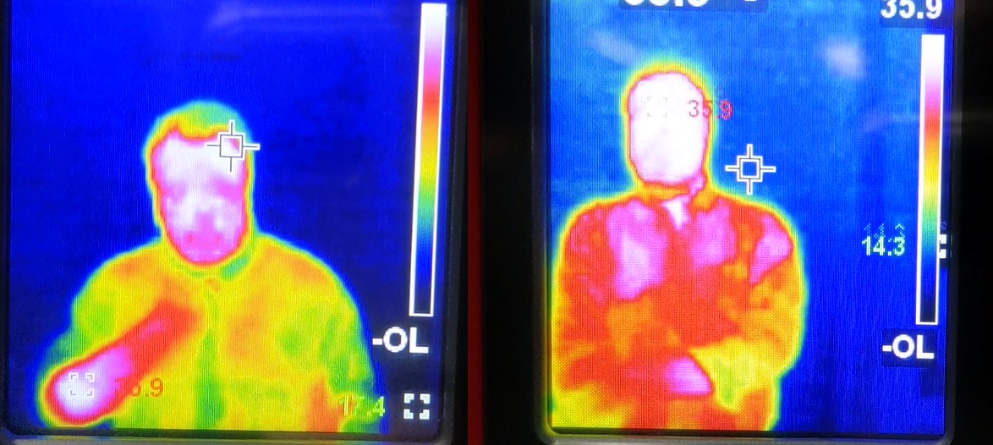
Figure 1 An Instrument Choice scientist before (left) and after (right) removing a jacket.
Outdoor Temperature: As with clothing, the outdoor environment can influence your readings taken by a fever detection camera. A person that has been exercising or has been outside on a warm day will have a raised skin surface temperature. Conversely, a person with a fever that has walked inside from the cold could potentially go undetected or receive an inaccurate read.
Positioning: The position of a thermal camera can influence measurements taken. When setting up a screening station, you must avoid intense lighting, sources of drafts or wind, radiant heat, and reflective backgrounds.
Examples of Fever Detection Cameras
Our scientists have put together a few examples of thermal cameras, each with varying specifications to show the variety of cameras available. You can view the full range of fever detection cameras by clicking here.
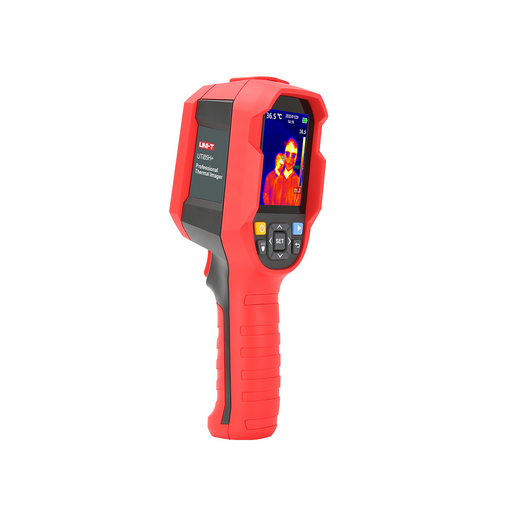 UTi85H+ Thermal Imager
UTi85H+ Thermal Imager
Product Code: IC-UTi-85H
The design of IC-UTi-85H thermal imager is specifically for touch-free human body temperature measurements. It features an audible alarm when temperatures exceed 37.2°C, central point temperature measurement, high-temperature tracking, real-time temperature display, and real-time image transmission.
Resolution: 80 x 60
Accuracy: ±0.5 C (at 25 C ambient temperature)
Calibration: Self-calibration
The IC-DS-2TP31B-3AUF is a handheld thermal camera, for detecting elevated skin-surface temperature with a high degree of accuracy in real-time. It comes equipped with a 160×120 resolution thermal detector, can be widely used for preliminary temperature screening in office buildings, factories, stations, airports, and other public places.
Resolution: 160 x 120
Accuracy: ±0.5 C
Calibration: Self-calibration
MinMoe Temperature Screening Terminal with Stand
Product Code: IC-DS-K5604A-3XF/V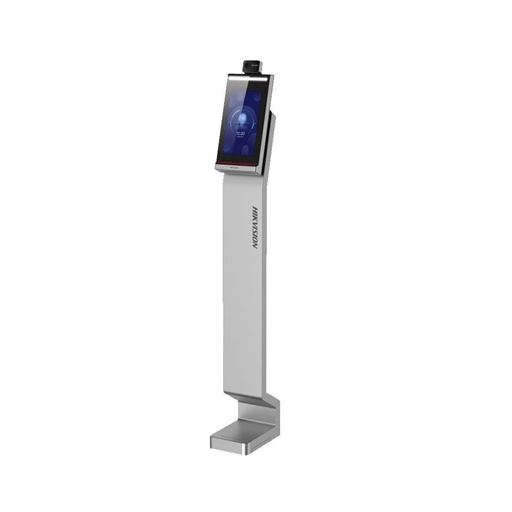
The IC-DS-K5604A-3XF/V Hikvision MinMoe Temperature Screening Terminal is a plug and play solution for non-contact fever detection. There is no complicated assembly, setup, or training required - plug it into a 240V power outlet, and you're ready to go. The device comes assembled with a crisp 10-inch screen, mounted on a metal stand.
Resolution: 120 x 160
Accuracy: 0.1°C
Calibration: Comes factory calibrated. The manufacturer recommends a Black Body Calibrator (IC-DS-2TE127-G4A) to ensure enhanced accuracy for long-term usage.
VIRALERT 3 - Human Body Temperature Screening System
Product Code: IC-vIRalert3
The IC-vlRalert 3 screens visitors at entry points for elevated temperatures that could indicate fever. Unlike handheld thermometers which compromise social distancing, the VIRALERT 3 automatic screening system scans from a distance that complies with social distancing. Visual and audible alerts provide the warning you need to keep everyone safe.
Resolution: 80 x 64
Accuracy: ±0.5 C
Calibration: Black body Heat source (included).
Conclusion
The use of fever detection cameras is becoming commonplace for initially detecting infected persons in public places. While explaining their inner-workings is relatively simple, it is essential to note that fever detection cameras do not offer a 'one size fits all' solution should you wish to set up a fever detection station. Important factors such as location, accuracy, and calibration methods need your consideration as well.
Important Note: The design of these cameras is for the quick screening of individuals and not medical diagnosis. Please seek appropriate medical advice if you wish to use such meters to set up a temperature screening protocol.
Also interesting
The Expert Data Logger series, manufactured by Delphin, is a new generation of data loggers. It combines the latest communication technology with advanced measurement technology and FPGA processing, making it especially powerful for applications where users have multiple and flexible sampling schedules.
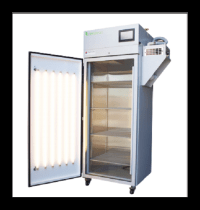
Wet-bulb Globe Temperature (WBGT) is a measure of heat stress that considers several environmental and personal factors. It is a key factor used to determine heat risks associated with persons working in adverse conditions. Temperature alone does not provide a full picture when assessing heat stress.
This article reveals everything you need to know about WBGT, including; what it is, what it measures, the difference between heat index and WBGT, and the unique insights WBGT offers into heat stress. We also provide some WBGT meter examples.
